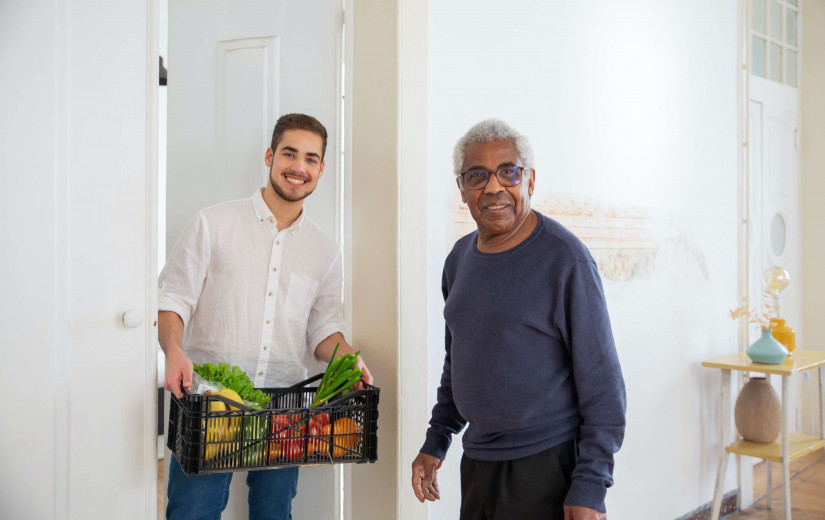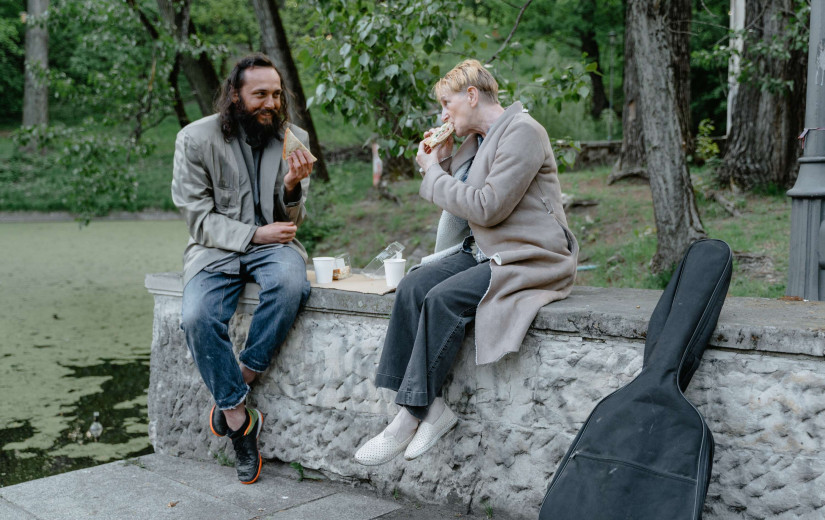10 Truths About the COVID-19 Pandemic That Are Paramount to Your Health
Dr. Tom Frieden took center stage on Wednesday when he testified in front of the House Appropriations Committee. As the former director of the US Centers for Disease Control and Prevention (CDC), Frieden is in a unique position to shed light on the current COVID-19 pandemic. While there is still a significant amount of uncertainty and unknowns that surround this novel virus, there are certain facts that scientists can lean on as they continue the research efforts. Here are 10 things that Frieden cited as the plain truths about this virus and its effects on the world population. Understanding these facts will help you to equip yourself with the tools needed to keep yourself healthy.
Just the Start
Despite how bad things seem now, Frieden said that we are only in the infant stages of the pandemic. Most health experts warn that the virus could last up to two years. The world should brace for a second wave this fall. This wave could potentially be worse than the current situation.
New York City Bearing the Brunt
It is clear that New York City is the epicenter of illness in the US. According to data published by John Hopkins University, the city currently has over 173,000 cases along with more than 43,500 hospitalizations and approximately 14,000 confirmed deaths.
Protect the Frontline Workers
Frieden was adamant that the country does all that it can do to protect the frontline workers. Keeping these essential workers safe is key to stopping the spread of the virus. According to the latest data from the CDC, over 9,200 healthcare workers have tested positive for COVID-19. At the heart of the issue is the fact that many healthcare providers have reported a massive shortage of personal protective gear.
Care for the Vulnerable
In addition to protecting the frontline workers, the vulnerable people in society also deserve special attention. This population includes the elderly, those with compromised immune systems and underlying conditions, and the homeless. Approximately 80% of the deaths are in people over 65 years of age.
Lean on Data
Frieden made it clear that the country needs to lean on data when making important decisions. Carefully examining trends can help officials to stop clusters of illness before they turn into full-blown epidemics.
Containing the Virus Key
Stay at home orders have done a remarkable job slowing the spread of the virus in states such as New York, California, and Washington. However, Frieden cautioned that while the curve has flattened, it is still important to be vigilant about containing the virus. As states begin to open up, it is vital to stay on top of the trends in particular areas to box in the virus.
Finding Balance
Frieden acknowledged the careful balance of opening up the economy while still keeping the spread of the virus in check. He said that people need to understand and accept that restarting the economy should not come at the expense of public health.
Collaboration Needed
In order for a vaccine to become available as quickly as possible, Frieden said that government officials and private companies need to work together. While vaccine trials have already begun in some countries, most officials caution that a public vaccine is still at least one year away. Frieden said that a collaboration between the key parties will ensure that it hits the market in record time.
Do Not Ignore Other Health Issues
Frieden is worried that other health issues are being put on the back burner in an effort to treat the COVID-19 patients. Overall hospital visits and admissions have dropped sharply as people look to avoid these areas. In addition, elective procedures and surgeries have been canceled in many hospitals to free up space and resources to deal with the pandemic.
Preparedness is Key
One key takeaway from the testimony was Frieden's opinion that the US was not prepared to deal with this pandemic. He used his time before Congress to warn about the inevitably of future outbreaks, cautioning that everyone must be better prepared to deal with the issue.
How the country responds to this ongoing crisis has a direct effect on your overall health and wellness. You can do your part by listening to the recommendations of health and government officials.

















